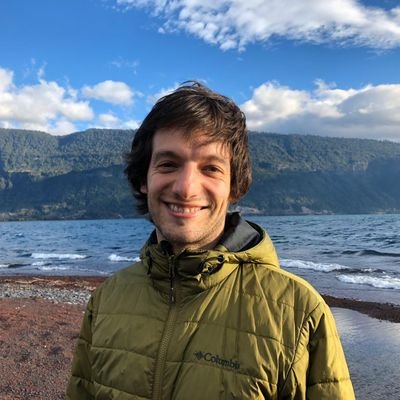VISS / TUNA

Speaker: Dr. Pedro Salas (GBO)
Title: Learning from the largest bound atoms in space"
Abstract: The interstellar medium (ISM) has a central role in the evolution of galaxies. The study of the ISM requires investigating its multiple components, such as the ionized and neutral gases, using a variety of probes. Radio recombination lines (RRLs) are an extinction free tracer of the physical properties and kinematics of the ionized and neutral gases in the ISM. Thanks to the increased sensitivity and bandwidth of contemporary, and planned, facilities, it is now possible to observe RRLs in more detail and farther than ever before. In this talk I will present the Green Bank Telescope Diffuse Ionized Gas Survey at Low frequencies (GDIGS-Low). GDIGS-Low is a RRL survey at 340 and 800 MHz towards the inner Galaxy, it will cover 74 square degrees around the midplane, and its major aim is to characterize the properties of the ionized and neutral gases in regions which are hard to probe at other wavelengths. Through this, we will gain a better understanding about how radiative feedback influences the properties of the ISM. Speaker: Bill Shillue (CDL) Title: ngVLA LO and timing design Abstract: This talk will cover the conceptual design of the ngVLA time and frequency distribution subsystem, which is driven by the need to provide stable and accurate reference signals to each (of 263) antenna stations for the purpose of timekeeping, digitization clocks, and local oscillators. In addition to the stringent time and frequency requirements, the design is constrained by the wide-spanning geographic area of the array (up to 800 km spiral arms and continent spanning long baseline stations). A few slides will be included on these related topics: (1) Recent examples of time and frequency transfer work in radio astronomy, (2) Technical challenges of Local oscillator design for ngVLA vs ALMA, and (3) Preliminary ngVLA measurement results for stable clock and timing transfer at 250km distance.